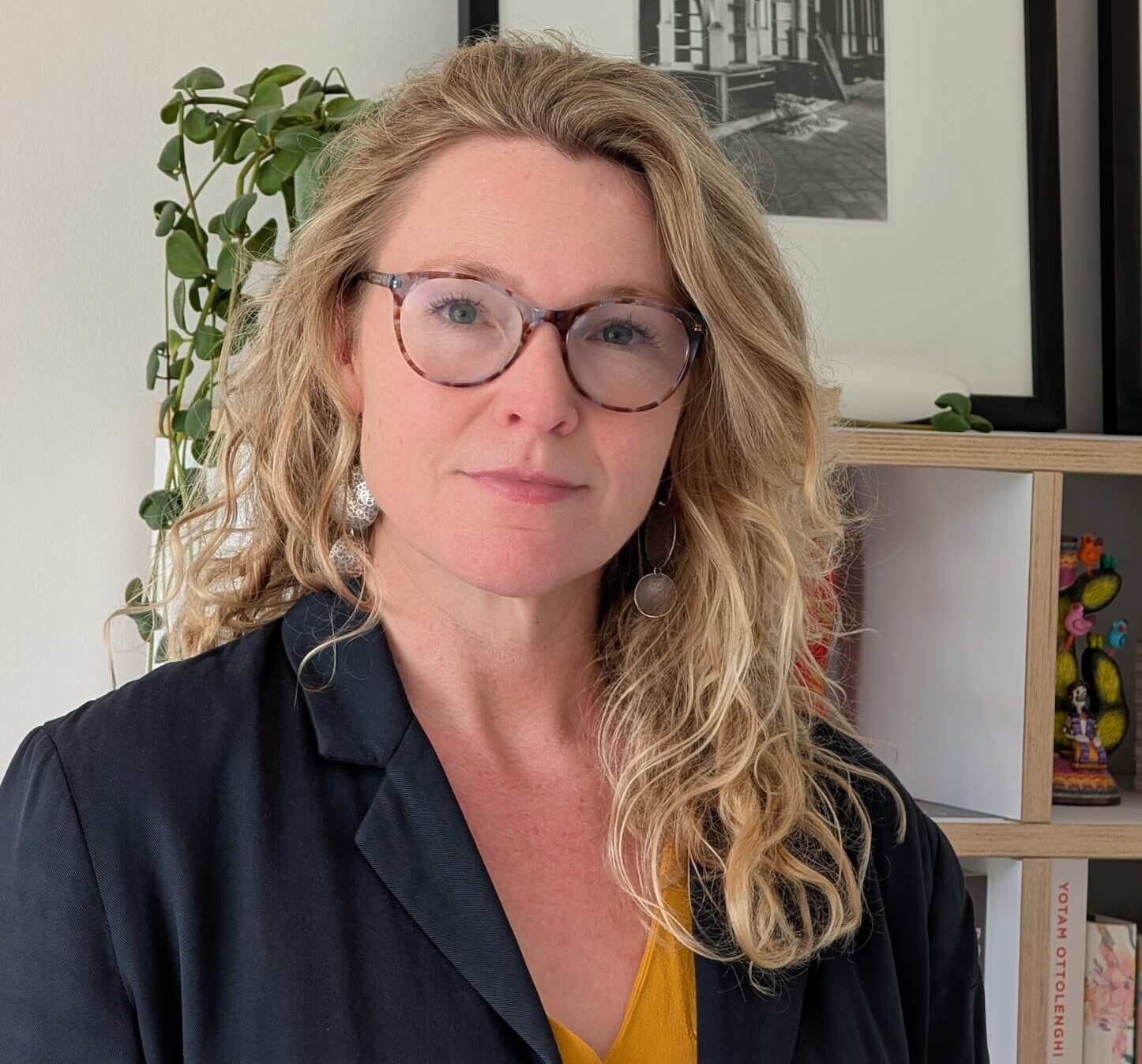

Interview Director of the Royal Society of Sculptors Caroline Worthington
THE WICK: Tell us about your typical Monday?
Caroline Worthington : I manage a small team, so we come in to Dora House and then we enjoy talking about what we seen over the weekend over a cup of strong coffee and then we touch base about what we’re all up to that week.
TW:
As the champion of sculpture in London, why do you think sculpture as an art form has become more valued or discussed in a post COVID-19 world?
CW: One of the positives during that grim time when lockdowns were easing was discovering, or rediscovering, things on your doorstep. That was why we were so determined to install a large-scale work by the artist Caroline Achaintre on the sculpture terrace of Dora House. I had first seen Echo Peel in her solo show at the Edinburgh Sculpture Workshop pre-Covid. Coincidentally, it resembles a giant mask, which made it super topical and even more dramatic.
TW: What is the role of the Royal Society of Sculptors?
CW: The Society is a membership organisation for professional sculptors, established in 1905. We connect and support them throughout their careers and we champion sculpture in all its wonderful diversity.
TW: Taxidermist Polly Morgan has just won the Society’s First Plinth: Public Art Award – what to you makes Morgan’s work extraordinary?
CW: Polly Morgan will tell you that she was always an artist, who started out working in taxidermy. I think the judges of our First Plinth Award chose Morgan because she has been working on such a small scale with snake’s skin. This is an important moment for her to move into large-scale, public sculpture while staying true to her interest in playing with animal forms in compressed spaces. You can see that brilliantly in Open! Channel! Flow!
“We connect and support sculptors throughout their careers and we champion sculpture in all its wonderful diversity.”












